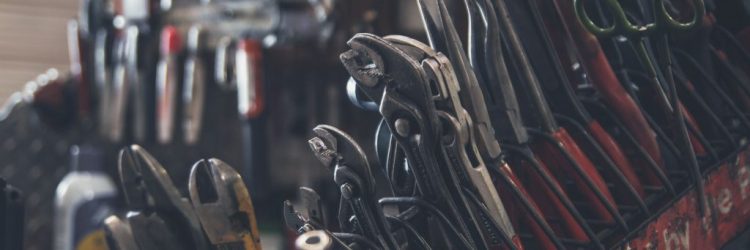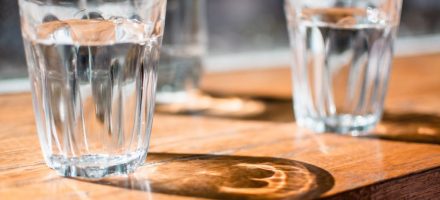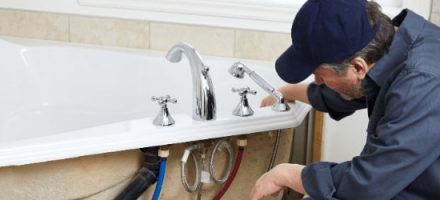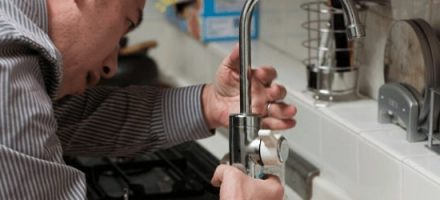6 most common plumbing emergencies

Plumbing emergencies are difficult, but with a little information, you can limit the damage. Most of these common plumbing problems can be corrected by any homeowner. However, if the pipe or fitting is not properly fixed, then the same problem will continue repeatedly.
Plumbing emergencies can occur quickly or slowly over time. Either way, excess water damage can cost thousands of dollars to fix. Here are the 10 most common plumbing emergencies surrounded by some steps you can take to fix some common household plumbing situations.
First and foremost, you must know where your main water valve is located before an emergency occurs! By turning off the water pipe first, you will limit overall damage and the amount of water wasted in the event of an accident.
Stopped Sink Drain
Try using a rubber plunger before using chemicals to break the blockage. If that does not work, place a bucket or container under the trap (the U-shaped tube under the sink). Unscrew the trap and loosen it so the clogged material can be removed. Then replace the trap and let the hot water run for several minutes to clean the pipe.
Clogged Bathtubs and Shower Drains
If the water starts to rise, you hear strange sounds coming from the drain. Soap build-up and hair accumulation are the most common reasons behind this plumbing emergency.
Burst Pipes
Your main objective until the emergency plumber arrives on the scene is to keep the water from flowing. Immediately turn off the valve of the main water connection. This will stop the flooding. Then turn on the cold water faucets to drain the trapped water and steam.
Frozen pipes
Pipes outside your home, along the outside walls and under kitchen and bathroom cabinets are also subject to freezing and should also be insulated. If your heat is turned off for an extended period of time, be sure to turn on the water at the main shut-off valve and turn on the faucets; this will prevent water from staying in the pipes and freezing. Avoid thawing any pipes with an open flame. This could cause further damage to your pipes or, in the worst case, even start a fire in your home.
Leaking pipes and walls
Pipe joints that have frozen or corroded can leak or even burst. To solve this problem, turn off the main water valve or the water valve is feeding the leaky pipe. It is advisable to get the pipe repaired from a professional plumber to prevent further leakages and mold growth.
Overflowing Toilets
An overflowing toilet tank will continue to function for a long time after it is flushed. To fix this problem, close the tank shut-off valve. Then open the water tank and adjust the float arm. If water stops after the flap valve can be closed, wash and retest. Adjust as necessary. If flow persists, you may need to replace all components.


